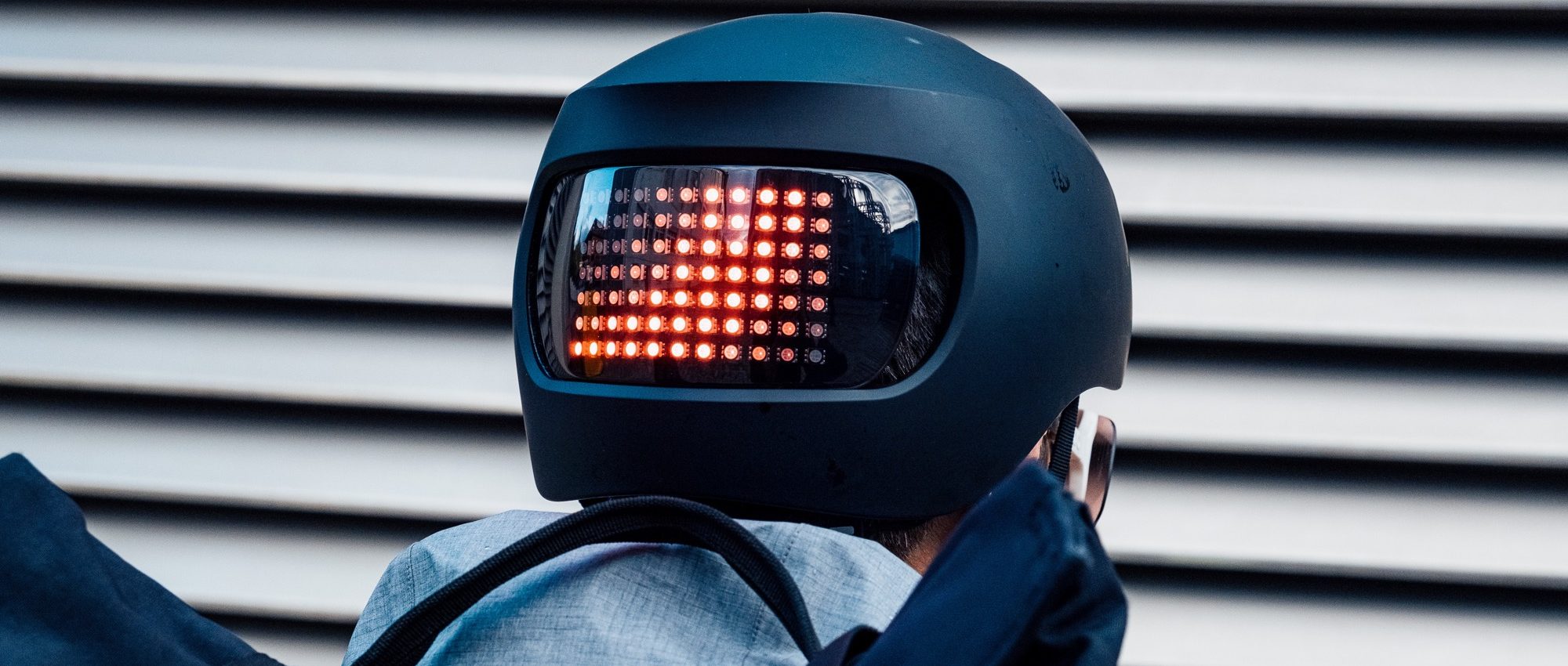With everything from cutting-edge high-tech concepts to smart software, many imaginative developments await us in the bike sector for 2021. Modern products are doing double duty, helmets store data, jackets function as rear lights and alongside your own abilities, AI wants to augment your ride. The electrification and digitalisation of bikes present versatile potential and could be one of the leading trends in the bike sector. Separating hot air from real benefits, looking at potential and problems, we reveal the biggest trends of the bike sector.
In the context of the Design & Innovation Award 2021, the award jury, international experts and journalists took a thorough look at the trends and overarching technological developments of the new season. In this article, we take a closer look at technology trends of 2021. You can read more about other trends at the end of this article.
The bike branch is all charged up, quite literally. The trend in technology is clearly going in the direction of electrification and digitalisation of bikes, components and other equipment. As a result, products are getting smarter and more versatile but also more complex. That’s something that has to be scrutinised critically amongst the growing tide of claimed innovations. In the attempt to offer customers more services, smart tools, electrified components and to simplify life, developers and product managers sometimes create the exact opposite effect. Technology for technology’s sake doesn’t make much sense.
Learn from experience – The car industry as the forerunner of the bike sector
The automobile industry has done it already – achieved a lot but also made mistakes – and that’s exactly what the bike industry should learn from, or, at the very least, be aware of. The increasing prevalence of technology solves many problems but creates others too. That can be seen in the example of electric cars: local emissions-free driving and noise reduction stands in contrast to complicated manufacturing, unresolved recycling issues, limited range and long charging times. At this point, it’s no longer just about the motor, gearbox and power, but about connectivity, software and electronically refined products. And with software development so fast-paced and never at an end, products seem to be in permanent beta. Analog machines don’t get built anymore. Instead, it’s all about intelligent machine-computer hybrids that rely on more and more software.
That also has consequences for the whole industry, from development to customer service. Software skills are of increasing importance and being just a mechanic isn’t enough anymore. That same trend can be seen in the automobile industry. You’ll seldom find a car mechanic in the traditional sense – the time of electrical engineers and software experts is here. As a result, the possibilities for the home mechanic are reducing. Regardless of whether it’s the motor or wireless shifting, some bike components are now too complex to be able to repair with a set of Allen keys. At a certain point of technologisation, some repairs can no longer be done in the home workshop, nor can software errors be remedied. A visit to an approved dealer or workshop is increasingly a necessity, even for experienced home mechanics. That results in, for customers, unwanted dependency. Indeed, there are already mobility guarantees and services that will pick up stranded riders if they have a technical problem, similar to the automobile association.
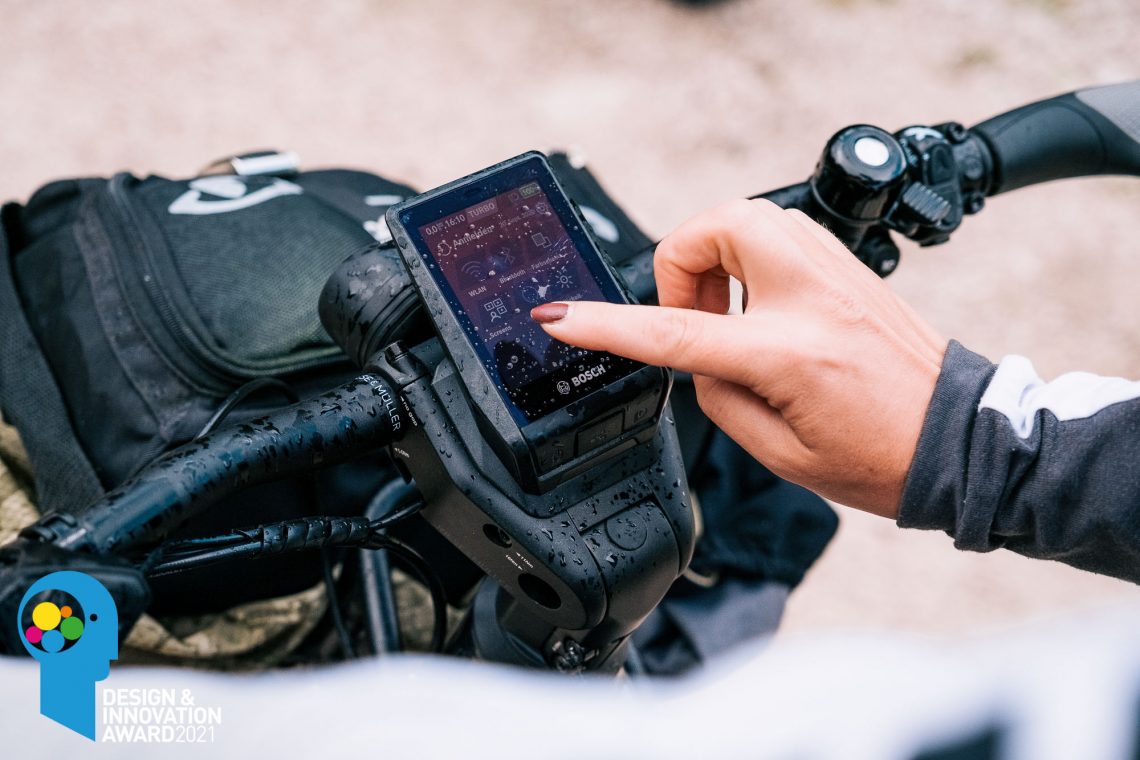
The balance between technology and nature
A further challenge faced by digitalisation is, quite literally, not being able to see the forest for the trees, or rather, the gadgets. It’s the responsibility of the bike sector to integrate new developments in a way so that they offer value to bikers without impacting on the direct and natural feeling of riding. If you’re constantly looking at a display, or pressing buttons, or storing lap times, it calls into question what this has to do with the puristic potential of our favourite hobby. Escapes should stay escapes – it has to remain possible to get away from everyday life on your bike. It’s good if your smartphone and other technology can stay at home sometimes.
The Design & Innovation Award has set itself the goal to look at trends critically and to provide both customers and the bike industry with orientation. What’s important? How can we use technology sensibly? Where should the interface be placed? And what should standards be based on?
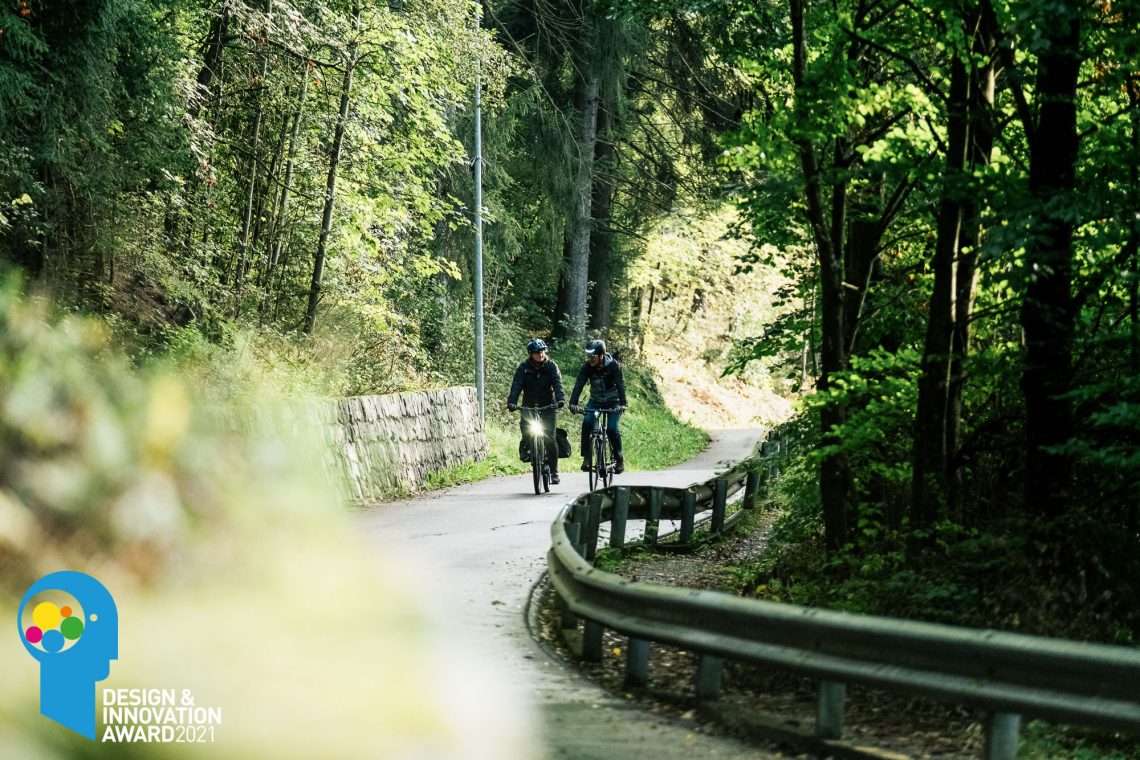
E-everything – Electrification of the bike industry
Purely mechanical bikes won’t disappear in the foreseeable future. On the Design & Innovation Award 2021, progressive gravel, road and mountain bikes form a large part of the awarded product spectrum without a single electronic component to be seen. Nonetheless, it will become increasingly difficult to get a bike or group of components like a drivetrain, suspension or wheelset, which don’t hide away a small battery, sensor or cable somewhere. The trend towards ebikes has been clear for several years and in 2021 we will find further ebike off-shoots, like kids’ ebikes, E-road and E-gravel bikes, that have been the exclusive domain of analog bikes until now. Whole ecosystems of drivetrains, motor software, displays, apps and customisation opportunities are being built up around ebikes. On top of that, there new electronic parts like displays being integrated into frames, like the Forestal Siryon already does.

Electronic solutions are also being adopted for individual components too, resulting in many advantages like more comfort or safety. Lighting on bikes is getting intelligent, like with the Supernova M99 MINI PRO B54 which turns on automatically at dusk and off again after your ride, taking over the safety-relevant aspect of your ride. Comfort is also being improved through new electronic components. Electronic suspension like FOX E-Live Valve analyses the riding situation and adapts to the terrain in fractions of a second. If you use your bike for fitness, electronics deliver a high degree of insight. Thanks to the comprehensive feed of sensor data from your power meter and bike computer, athletes and enthusiastic hobby riders have more information available for targeted training. Then there are also options to use established communication protocols like Bluetooth to communicate between components, where necessary, sparing bikers the hassle of cable management.
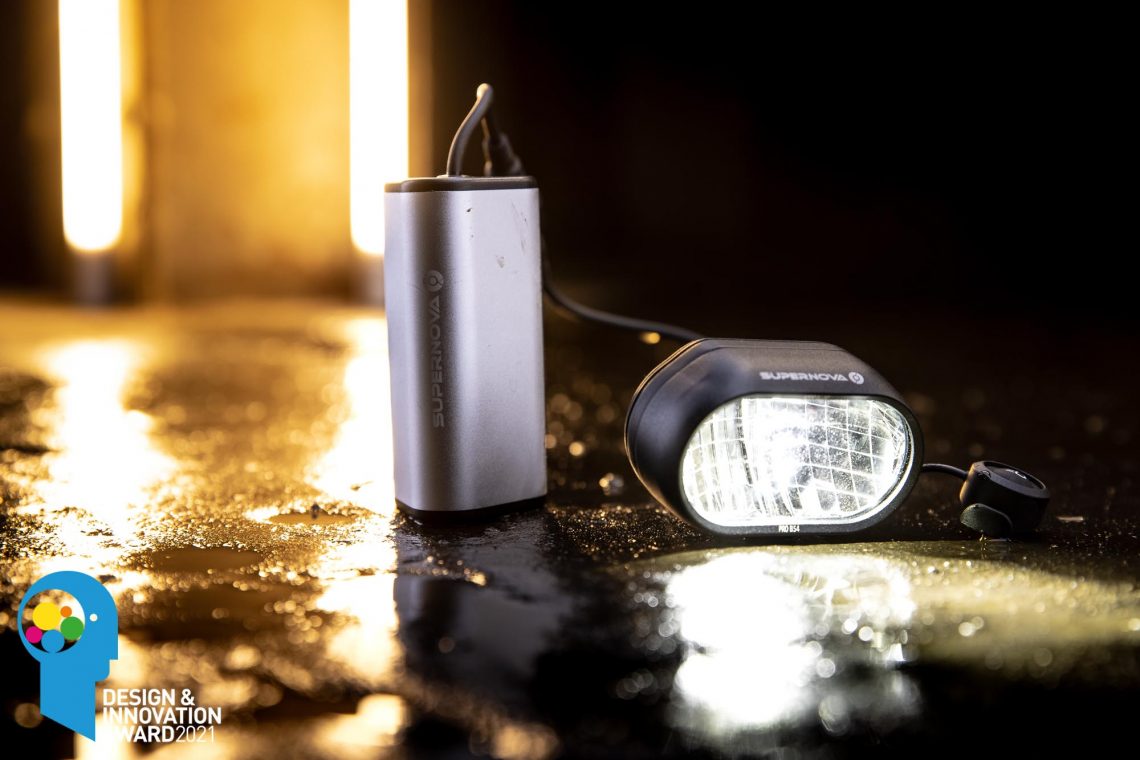
When your jacket is your rear light and your helmet stores data or indicates – functional benefits are crucial for meaningful electrification of components and equipment.
Safety is not a gadget, but a state of mind – Safety trends in 2021 technology
Safety is also a focus of developing technology. Radar sensors like the Garmin Varia can provide ample warning about vehicles approaching from behind. Using a sensor attached to the valve, the Quarq TyreWiz can tell when tire pressure falls to a critical level and lets you know. Alongside mechanical bike locks, stolen bikes can already be tracked with GPS devices and personal protective gear has also got smarter. In particular, wearables demonstrate the benefit they are capable of delivering. A jacket can also be a rear light. A sensor on your helmet or bars can automatically recognise crashes and let an emergency contact know. Rescue services aided in their search by GPS location and passive reflectors and can even read medical information from NFC tags attached to clothing. All this combined will contribute to making the sport and riding in traffic even safer in the future.
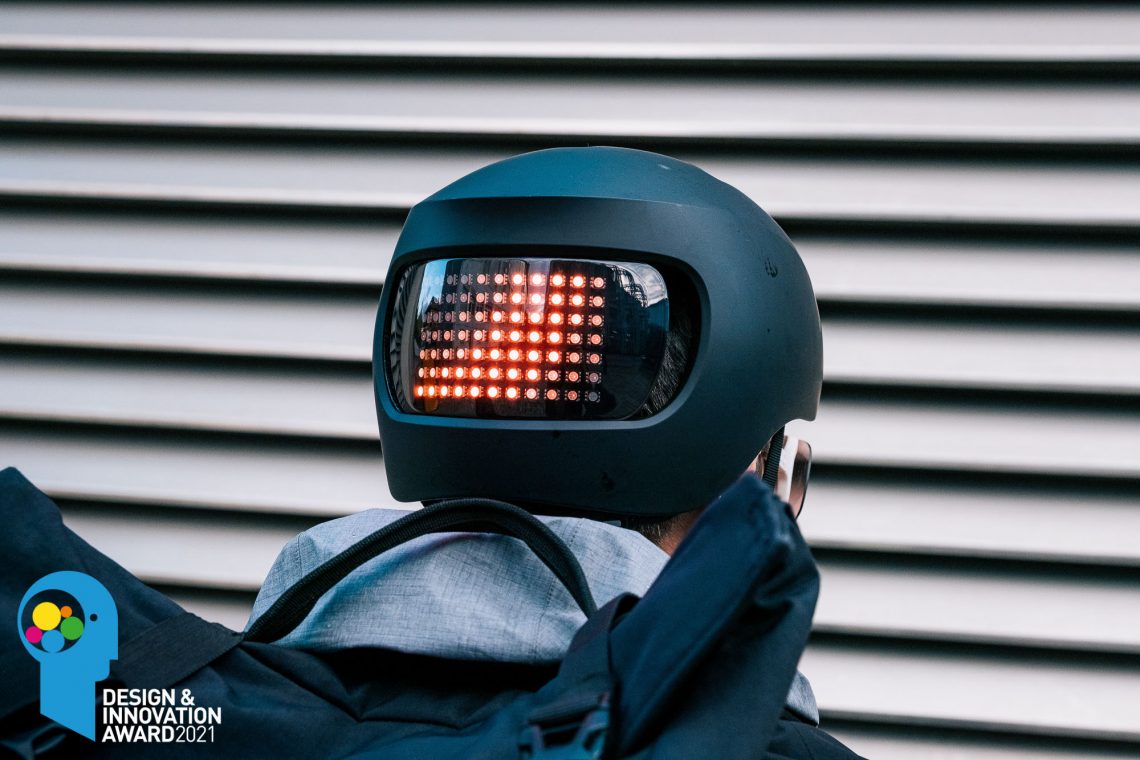
Intuitively mastering complex systems – The challenges of digitalisation
The trend for electrification doesn’t automatically mean added value for every rider. If you only get on your bike occasionally you don’t want to have to think about charging a shifter battery every time you go out. If the electrification of components isn’t intuitive and easy to live with, a technological affinity is presumed that not every rider necessarily has or wants. What will be decisive is how smart convenience is implemented. Up until now, it has been primarily ergonomists that had to concern themselves with the challenge of where to position switches, plugs and buttons on products so that they are all easy to use. A power button, and two more for increasing and one for decreasing motor assistance is the most conservative but also for many bikers the most intuitive way to control an ebike, and this format will continue to exist. But here too, trends have changed, with complex settings and options not easily controlled via the buttons on a remote. Apps for smartphones and watches increasingly allow you to control and set up your electronic products.

Digital transformation – When bike components think too
On the one hand, digitalisation is the inevitable continuation of the electrification of the bike sector. On the other, digitalisation also has the potential to create a more comprehensive offering of services which provide a separate benefit that stands on its own two feet.
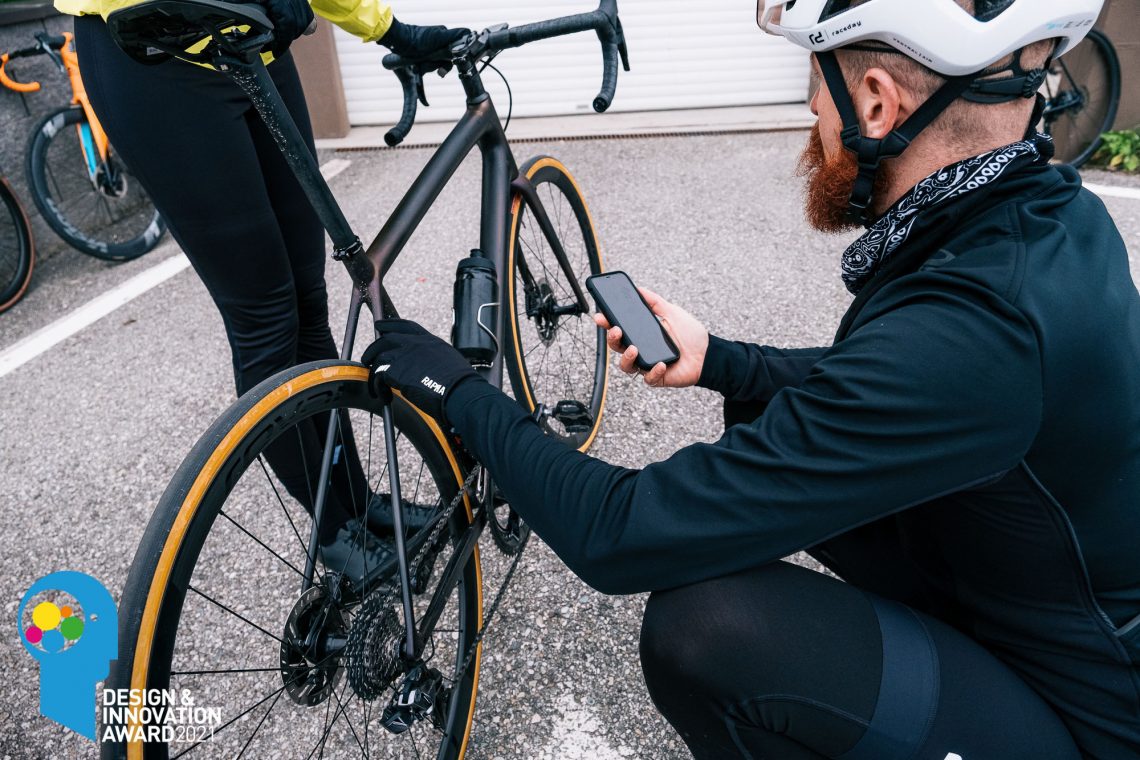
Not everything that claims AI actually contains artificial intelligence: alibi apps are hard to distinguish from those that are user-friendly and provide tangible benefits.
The electrification of the bike makes it possible, or even requires, that more components can be controlled by the rider. To achieve this they often connect with apps on your smartphone or other interfaces, giving the rider access to the settings of individual components. Whether it’s tuning motor characteristics, the position of a derailleur or a light’s brightness, there’s no way past digitalisation to be able to change these settings yourself. In 2020, big progress was achieved in this area already. It’s to be expected that for 2021, more and even better apps will contribute to a maturing market. Unfortunately, we’ll also encounter many alibi apps, released to follow suit and keep up with competitors, but offering no real benefit or utility.

Biking in the digital world
The second manifestation of digitisation is services that build on the driving experience without having a direct influence on any individual component. For example, in the last year, the gamification of the bike sector has been consciously pushed forward and will likely remain a defining technology trend this year. For cycling, that might mean displaying your ride in a virtual world, where you can set best times, share workouts and collect trophies and awards. Incentives and motivation are created in a virtual space that stands separate to your actual ride. Providers of such digital services, like Strava and Wahoo, vie for customers with subscriptions and try to win them over to create the largest possible and most active communities. In the case of Croatian startup Greyp, the bike manufacturer themself is trying to integrate gamification into their ebike to expand its digital functionality. For Greyp, it wasn’t the bike with its sensors and cameras, but its software that was the primary focus in development.
This trend becomes even clearer with smart home trainers. Apps like Zwift make it possible to ride races with friends, even in times of coronavirus, in a form that wasn’t possible up till now. These types of riding may not eliminate riding outdoors, but they will have even more of an influence on the face of biking in the future than they have in the last few years.
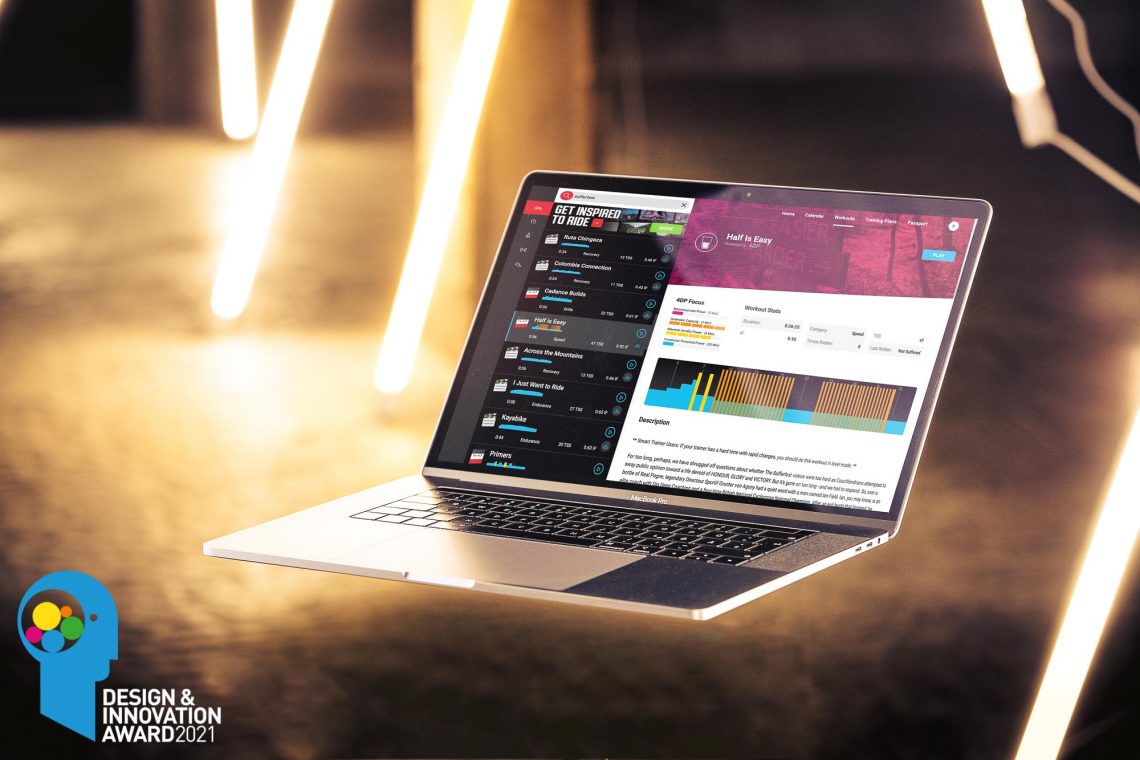
More than the sum of their parts – Platforms and connectivity
Whatever form it may take, the utility of software depends strongly on how good connectivity and integration in the overriding platform or ecosystem is. Some services have established a firm footing in the bike sector and are regarded as the gold standard. For hardware and digital service providers, it’s sometimes more sensible to integrate with market leaders, rather than to create a complex solution themselves. The best example of this can be seen in the automobile industry. Even for multi-billion dollar companies, it makes more sense to offer Apple Carplay and a GoogleMaps interface than it does to develop their own systems. Different manufacturers and developers will have to decide whether they want to be competitors or colleagues. Several navigation services offer routes and navigation features from other portals like Komoot, or integrated segments from Strava, alongside their own offerings. If a piece of hardware or a digital platform manages to serve as an aggregator of many standalone apps, it can bundle their offerings in a coherent package. The development of on-board ebike computers will be particularly interesting in this regard. Their functionality has continued to grow over the years and with the Bosch Nyon, has reached a similar level to modern on-board car systems, providing the focal point for navigation, fitness, tuning and safety functions. However, this technology hasn’t yet matured and is still limited to just one manufacturer. We’re expecting more solutions to appear – will 2021 be the year? Presumably not. Even if there are already signs of some market-dominating approaches, there isn’t enough consolidation amongst any of the digital technologies and major changes could still occur. Computers went through a similar phase of tumultuous development before certain open source solutions or commercial offerings came out on top.
The opportunities and risk of current trends
No one knows what the future will actually bring. But we can work on it and do our best for a better future in which we want to live. It’s undisputed that electrification and digitalisation is and will continue to be the biggest trend. The only questions. How will we approach it? How will we play a part in its development? And how can we make sure that our wishes and our rights, read data protection, are considered? Technological trends in particular can come into being quickly and unexpectedly, causing major changes in development. Electrification and digitalisation have strongly shaped the last years. That has resulted in innovative products and concepts but has also created new problems and challenges, as we can see with our four-wheeled cousins.
But whether a new technology creates more problems than it solves also depends on individual expectations, use-cases, priorities and smart implementation! Fast-paced software development also poses some challenges. That means products are hardly ever “finished” with customers ending up as constant beta testers, while software ages quickly and risk ending up incompatible.
In this vein, positive development of technology requires a conscious approach, discussion and sensible standards. Regardless of whether it’s for safety, electronic shifting, better navigation or gamification of bikes, we can be excited about what awaits us in 2021! And let’s not forget that our purchasing decisions help influence future developments and that even with our desire for innovation, we should keep privacy and data protection at the back of our minds.
Find more 2021 trends in other fields of the bike-world here:
Mountainbike trends 2021 | Road bike trends 2021 | Urban trends 2021
Technology trends 2021 | Gravel trends 2021 | E-MTB trends 2021
Words: Rudolf Fischer Photos: Finlay Anderson, Valentin Rühl



